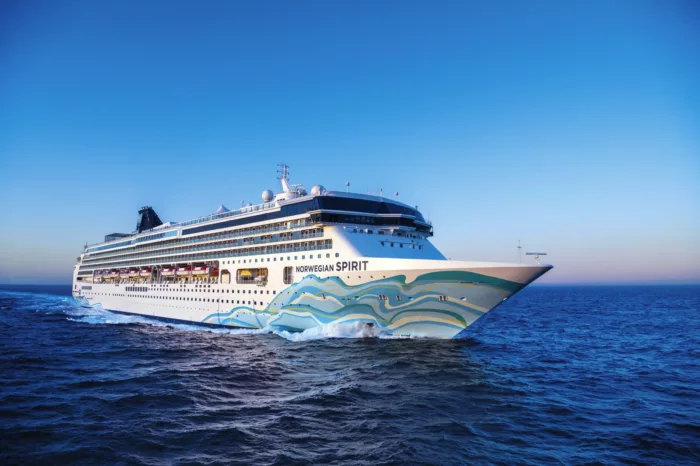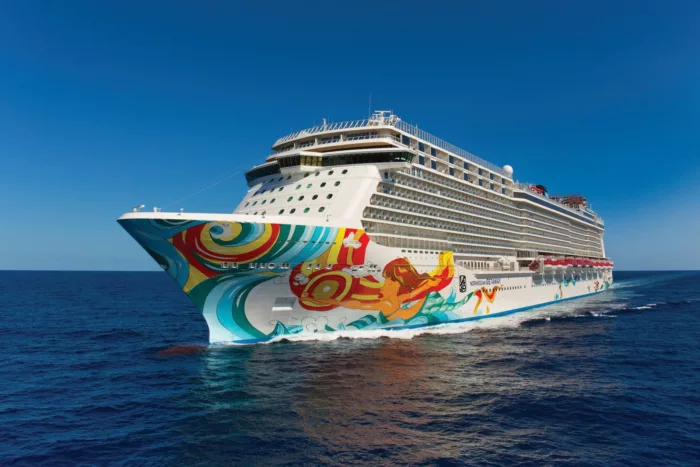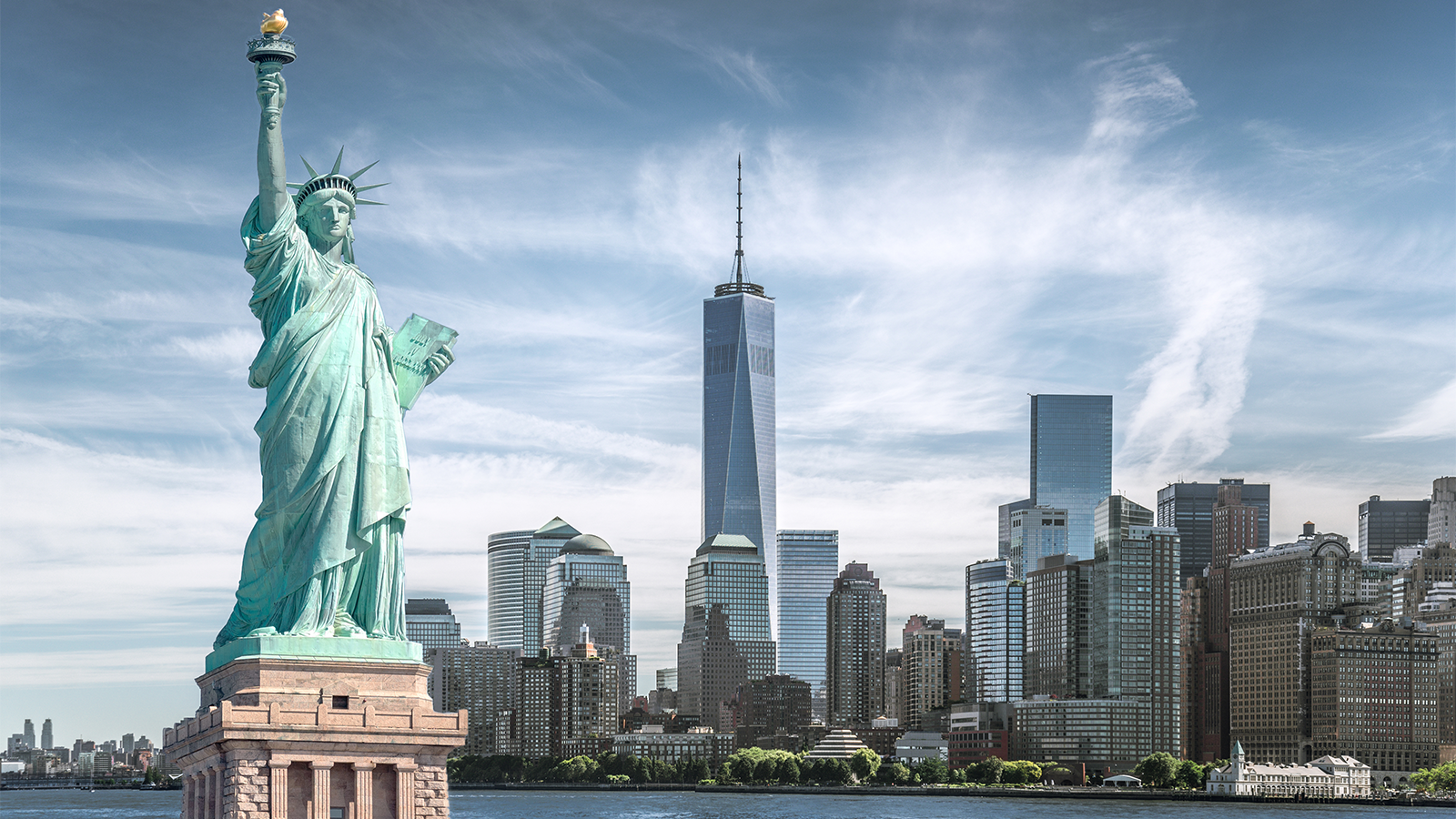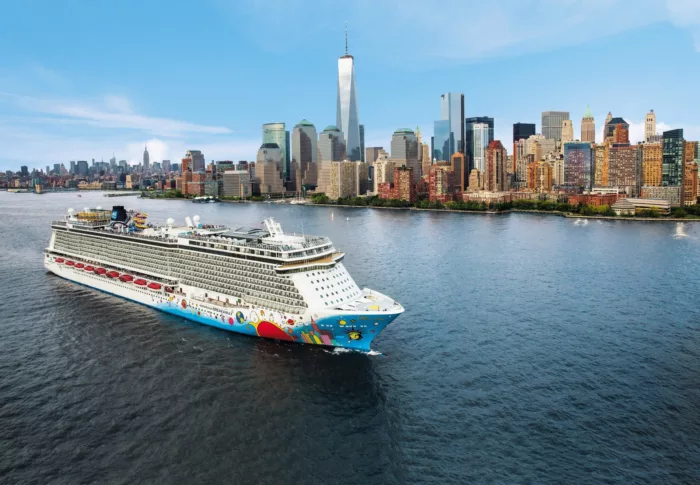
Norwegian Cruise Line
Founded in 1966, Miami-based Norwegian Cruise Line (NCL), part of global cruise company Norwegian Cruise Line Holdings (which also owns Oceania Cruises and Regent Seven Seas Cruises), is the third-largest cruise line in the world in terms of cruise passengers. NCL has become well-known for its colourful ships featuring a pop-icon style painted hull.
3099
Passengers
1506
Crew
2022
Launched
143535t
Tonnage
294m
Length
41m
Width
22kts
Speed
USD
Currency
Cruise Itinerary
Day 1
Copenhagen, Denmark
Day 2
At Sea
Relax and make the most of the myriad of facilities available on board the ship, from fantastic entertainment to delicious and diverse dining options.
Day 3
Helsinki, Finland
Day 4
Tallinn, Estonia
Day 5
Nynashamn, Sweden
Day 6
Klaipeda, Lithuania
Day 7
Gdansk, Poland
Day 8
Warnemünde, Germany
Day 9
At Sea
Relax and make the most of the myriad of facilities available on board the ship, from fantastic entertainment to delicious and diverse dining options.
Day 10
IJmuiden, Netherlands
Day 11
Zeebrugge, Belgium
Day 12
Southampton, England
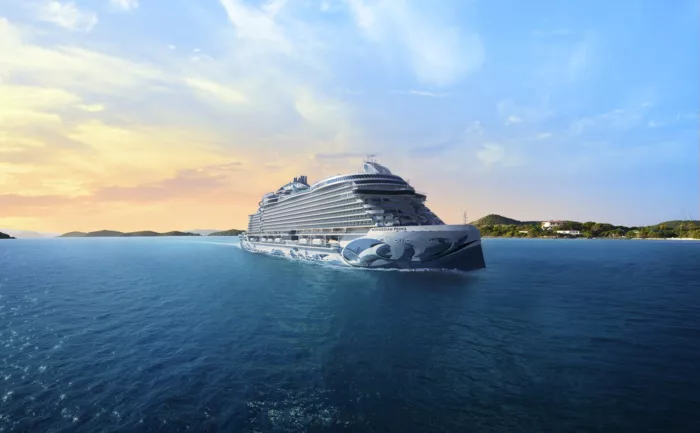
Day 1
Copenhagen, Denmark

Day 2
At Sea

Day 3
Helsinki, Finland

Day 4
Tallinn, Estonia

Day 5
Nynashamn, Sweden

Day 6
Klaipeda, Lithuania

Day 7
Gdansk, Poland

Day 8
Warnemünde, Germany

Day 9
At Sea

Day 10
IJmuiden, Netherlands

Day 11
Zeebrugge, Belgium

Day 12
Southampton, England
Ship Details


Norwegian Cruise Line
Norwegian Prima
To the trailblazers and the tastemakers. To the first-time seekers and explorers of the Extraordinary. This one was made for you.
Welcome aboard Norwegian Prima, the first in a new class of ships designed to elevate every expectation.
Cabins
All Prices






